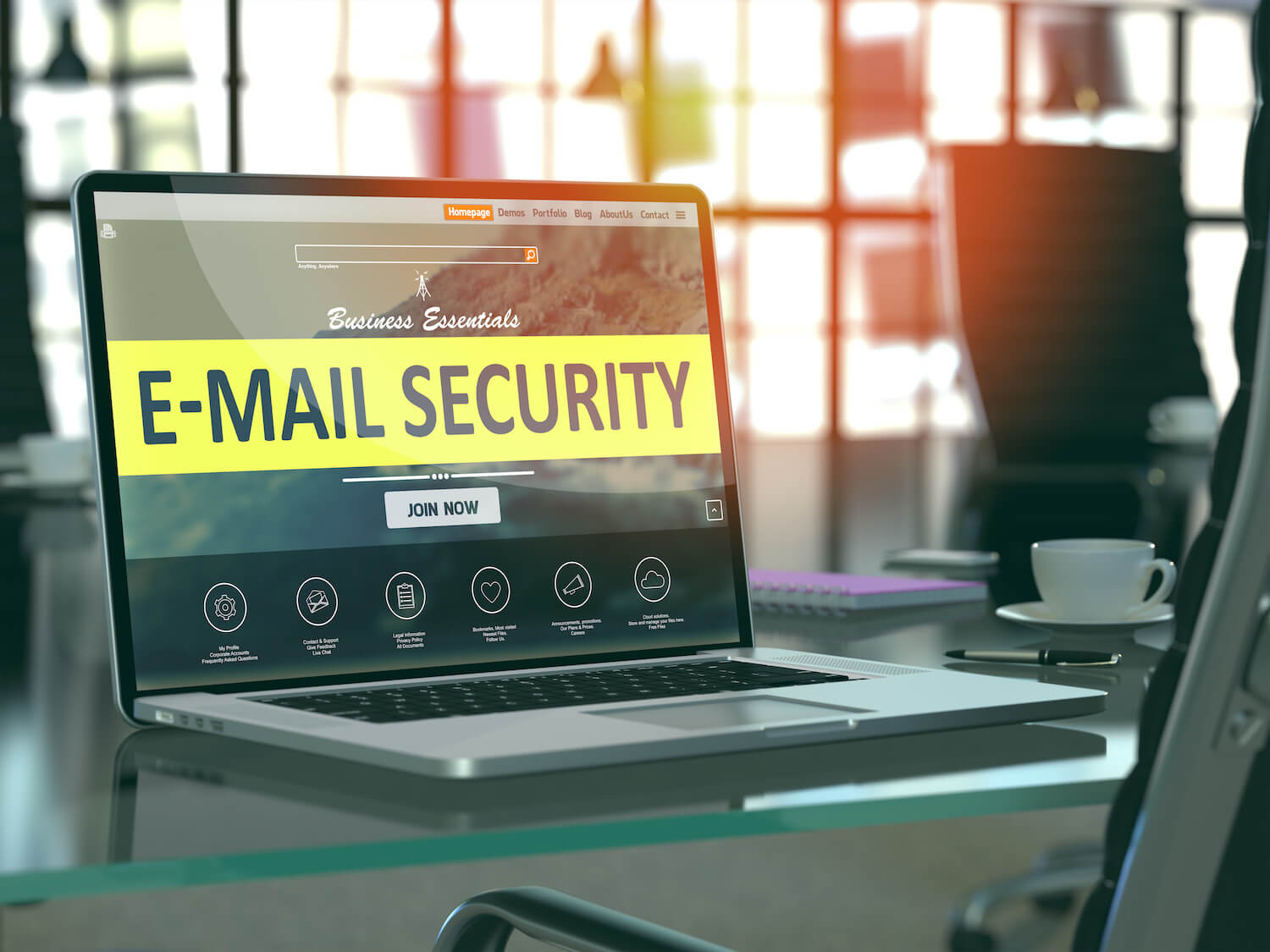Waterproof Labels vs. Standard Labels: Which One is Right for You?
Choosing the right label for your products or projects is more important than you might think. Labels are not just a way to identify and organize; they also represent your brand, communicate important information, and ensure safety and compliance. With so many options available, the decision often boils down to two main types: waterproof labels and standard labels. But which one should you choose? Let’s dive into the details to help you make an informed decision.
Table of Contents
Understanding Labels
What are Labels? Labels are adhesive tags used to provide information about an object or product. They can include text, graphics, barcodes, QR codes, and more. Labels serve various purposes, such as branding, instructions, warnings, and identification.
Common Uses of Labels: Labels are ubiquitous and used across many industries. From food packaging and clothing tags to electronics and chemical containers, labels help convey critical information efficiently.
Material Differences
- Waterproof Label Materials: Waterproof labels are usually made from materials like polyester, vinyl, and polypropylene. These materials are known for their durability and resistance to water and other elements.
- Standard Label Materials: Standard labels are commonly made from paper or basic plastic. These materials are cost-effective and sufficient for many everyday applications.
Waterproof Labels
Definition and Characteristics: Waterproof labels are designed to withstand exposure to water and other liquids. Made from durable materials like polyester, vinyl, or polypropylene, these labels are often laminated or coated to ensure they remain intact and legible even when wet.
Common Uses of Waterproof Labels: Waterproof labels are ideal for products that are frequently exposed to moisture. This includes items like bath and body products, beverages, outdoor equipment, and chemical containers. They are also commonly used in marine environments and for outdoor signage.
Benefits of Waterproof Labels
Waterproof labels are ideal for products that require refrigeration, are intended for outdoor use, or are frequently exposed to conditions where they might get wet, such as beverages, bath and beauty products, home equipment. exterior and cleaning products.
- Durability: Waterproof labels last longer in harsh conditions.
- Legibility: Information remains clear even when the label is wet.
- Versatility: Suitable for a wide range of applications.
- Professional Appearance: Maintains a pristine look despite exposure to moisture.
Benefits of Choosing Waterproof Labels:
- Durability and longevity
- Smudge and Fade Resistance
- Improved product appearance
- Security and compliance
- Long-term profitability
Standard Labels
Definition and Characteristics: Standard labels are the more common type of labels used in everyday applications. They are typically made from paper or basic plastic and are designed for general use where exposure to water or extreme conditions is not a concern.
Common Uses of Standard Labels: These labels are perfect for applications like office supplies, retail products, inventory management, and shipping labels. They work well in environments where they won’t be exposed to water or heavy wear and tear.
Benefits of Standard Labels
Standard label adhesive is designed for general use, which means it can attach securely to a variety of surfaces but may not withstand extreme conditions such as immersion in water, high humidity or exposure to chemicals.
- Cost-Effective: Generally cheaper than waterproof labels.
- Ease of Use: Easy to print and apply.
- Sufficient for Low-Impact Uses: Ideal for environments where durability is less of an issue.
Advantages of working with standard labels:
- Profitability
- Easy to print and apply
- Wide range of uses
- Recyclability
- Easier to delete
Choosing the Right Label for Your Needs
Assessing Your Specific Needs: Consider the environment in which the label will be used, the expected lifespan, and the type of information it needs to convey. This will help you determine whether waterproof or standard labels are the best fit.
Making an Informed Decision: Evaluate the pros and cons of each label type. If your labels will be exposed to moisture or rough conditions, waterproof labels are the way to go. For controlled environments and short-term use, standard labels offer a cost-effective solution.
How to choose the best label for your product?
Lifespan of Waterproof Labels: Waterproof labels can last for years, even in challenging environments. Their resistance to water, UV rays, and chemicals ensures they stay intact and readable over time.
- Evaluate your product needs: Surrounding Environment >Durability
- Assess the financial implications: Budget Limitations
- Test before committing: Gather samples >Use feedback
- Consult a professional: Label manufacturers and printers
Lifespan of Standard Labels: Standard labels have a shorter lifespan, especially if exposed to moisture or rough handling. They are best suited for indoor use where conditions are controlled.
Waterproof and Standard labels Industry Use Cases
Waterproof Labels in Various Industries:
- Food and Beverage: For labeling products that will be refrigerated or exposed to liquids.
- Healthcare: Durable labels for medical supplies and equipment.
- Outdoor Gear: Labels for equipment that will be used in outdoor environments.
Standard Labels in Various Industries:
- Retail: Price tags, product labels, and promotional materials.
- Office Supplies: Organizing files, documents, and office items.
- Shipping: Labels for packages and mailings.
Waterproof and Standard labels
Cost Analysis
Cost of Waterproof Labels: Waterproof labels are generally more expensive due to the durable materials and additional manufacturing processes involved. However, their longevity can make them a cost-effective choice in the long run.
Cost of Standard Labels: Standard labels are cheaper upfront, making them a popular choice for many applications. They are ideal for short-term use or environments where labels aren’t subjected to harsh conditions.
Cost-Effectiveness: While waterproof labels have a higher initial cost, their durability can lead to savings over time by reducing the need for frequent replacements. Standard labels are cost-effective for temporary or low-risk applications.
Waterproof and Standard labels Application Environments
- Suitable Environments for Waterproof Labels: Waterproof labels are perfect for environments where exposure to moisture, chemicals, or rough handling is common. This includes outdoor settings, kitchens, bathrooms, and industrial sites.
- Suitable Environments for Standard Labels: Standard labels are best used in controlled environments like offices, retail stores, and homes. They are ideal for applications where durability and moisture resistance are not primary concerns.
Printing Techniques on Waterproof and Standard labels
Printing on Waterproof Labels: Printing on waterproof labels often requires specialized printers and inks that can withstand water exposure. This ensures the print remains sharp and legible.
Printing on Standard Labels: Standard labels can be printed using regular office printers, making them convenient and easy to produce. However, the print may fade or smudge if exposed to moisture.
Types for Waterproof and Standard labels
- Adhesive Types for Waterproof Labels: Waterproof labels typically use strong adhesives designed to adhere well even in wet conditions. This ensures they stay put regardless of the environment.
- Adhesive Types for Standard Labels: Standard labels use general-purpose adhesives suitable for a variety of surfaces. These adhesives are effective in dry conditions but may lose their grip when exposed to moisture.
Waterproof and Standard labels Customization Options
Customizing Waterproof Labels: Waterproof labels can be customized in terms of size, shape, color, and design. They can also include special features like UV coating and lamination to enhance durability.
Customizing Standard Labels: Standard labels offer flexibility in customization but are limited in terms of durability enhancements. They are perfect for branding, promotional materials, and everyday labeling needs.
Environmental Impact
- Eco-Friendliness of Waterproof Labels: Waterproof labels, especially those made from synthetic materials, may not be as environmentally friendly as paper labels. However, there are eco-friendly options available, such as recyclable or biodegradable materials.
- Eco-Friendliness of Standard Labels: Standard paper labels are generally more environmentally friendly, especially if made from recycled materials. They decompose more easily and have a lower environmental impact.
FAQs on labels
Can waterproof labels be used for any product? Waterproof labels are versatile and can be used for almost any product, especially those exposed to moisture or harsh conditions. However, their higher cost might not be justified for products that don’t face these challenges.
Are standard labels suitable for outdoor use? Standard labels are not typically suitable for outdoor use as they lack the durability and moisture resistance needed to withstand external conditions. Waterproof labels are a better choice for outdoor applications.
How do I know if I need waterproof labels? If your labels will be exposed to water, chemicals, or rough handling, waterproof labels are the best option. Consider the environment and the longevity required for your labels when making your decision.
What are the printing options for both types of labels? Waterproof labels require specialized printers and inks to ensure the print remains durable. Standard labels can be printed using regular office printers, but the print may fade or smudge if exposed to moisture.
Are waterproof labels environmentally friendly? While some waterproof labels are made from synthetic materials, eco-friendly options are available, such as recyclable or biodegradable materials. Standard paper labels generally have a lower environmental impact, especially if made from recycled materials.
Conclusion
Choosing between waterproof and standard labels comes down to understanding the specific needs of your product and how you want to connect with your customers.
Choosing between waterproof and standard labels depends largely on your specific needs and the conditions in which the labels will be used. Waterproof labels offer superior durability and moisture resistance, making them ideal for challenging environments. On the other hand, standard labels are cost-effective and suitable for everyday applications. By understanding the differences, benefits, and use cases of each type, you can make an informed decision that best suits your requirements.




